For equity research employees studying for their exam, there is a key resource, the Series 86 STC textbook. Unfortunately, many students describe it to us as mostly inadequate. Tutoring, and thoroughly evaluating this subject for more than half a decade, we have some insight. We share it here.
Series STC Textbook: This Is It?
At Professional Exam Tutoring, about one-fifth of our customers come from equity research or investment banking. While investment banking customers have several resources such as Knopman Marks, STC, and Solomon, equity research associates have few.
Specifically, two.
One comes from Securities Training Corporation (STC), and the other comes from a company called Mometrix. Unfortunately, customers motivated to explore beyond STC are usually even more disappointed when they discover Mometrix (available on Amazon.com).
STC Series 86 exam prep is accompanied with a massive trove of practice questions – the most valuable resource they offer. In contrast, Mometrix does not offer any (as of this writing), and their textbook won’t help much with STC’s Series 86 practice questions…but does STC?
A Little Help
The short answer is, yes, but not entirely.
STC’s textbook will give you a good overview, and even go a little deeper than an overview, of what is likely to be covered on the exam.
STC’s practice questions on the other hand, will help you prepare much more than the Series 86 STC textbook. For example, there are small tricks that you learn almost exclusively from the practice questions that are not easily found in the text. One instance is when it comes to things like knowing that EBITDA and cash flow are seen as rough proxies of each other. So, when questions ask whether an EV/EBITDA multiple might be appropriate when valuing a company with no cash flow, the answer would be “no.”
In other instances, the text may not explain CAGR calculations for a period. For instance, if the return over the entire period is positive then the CAGR should be slightly below the arithmetic mean of the period return. If the return over the period is negative, then the CAGR (which will be a negative number) should be slightly worse than the arithmetic mean of the period return. (E.g., A 15% return over 3 years gives you a 5% per year mean return, but since compounding is geometric, the average annual return has to be LESS than 5%).
Although this is really a math trick, if you don’t know it, then trial and error is your best approach.
In Conclusion
All in all, although only reading the STC textbook for your studying would be less than sufficient, it remains the only viable game in town.
Therefore, we still recommend you read it. Also, keep in mind that everyone else is in the same boat as you. One main resource for everyone. While that may be cold comfort, it definitely equalizes the playing field.
If you need any help, feel free to contact us. We may be the third resource that can help you pass this tricky exam. We’ve had a lot of success in the past and been doing it for years! Good luck!

